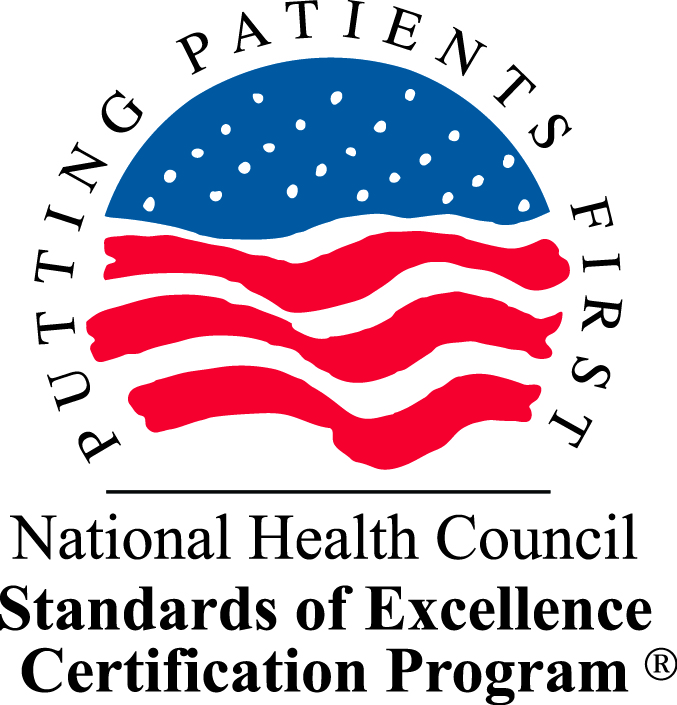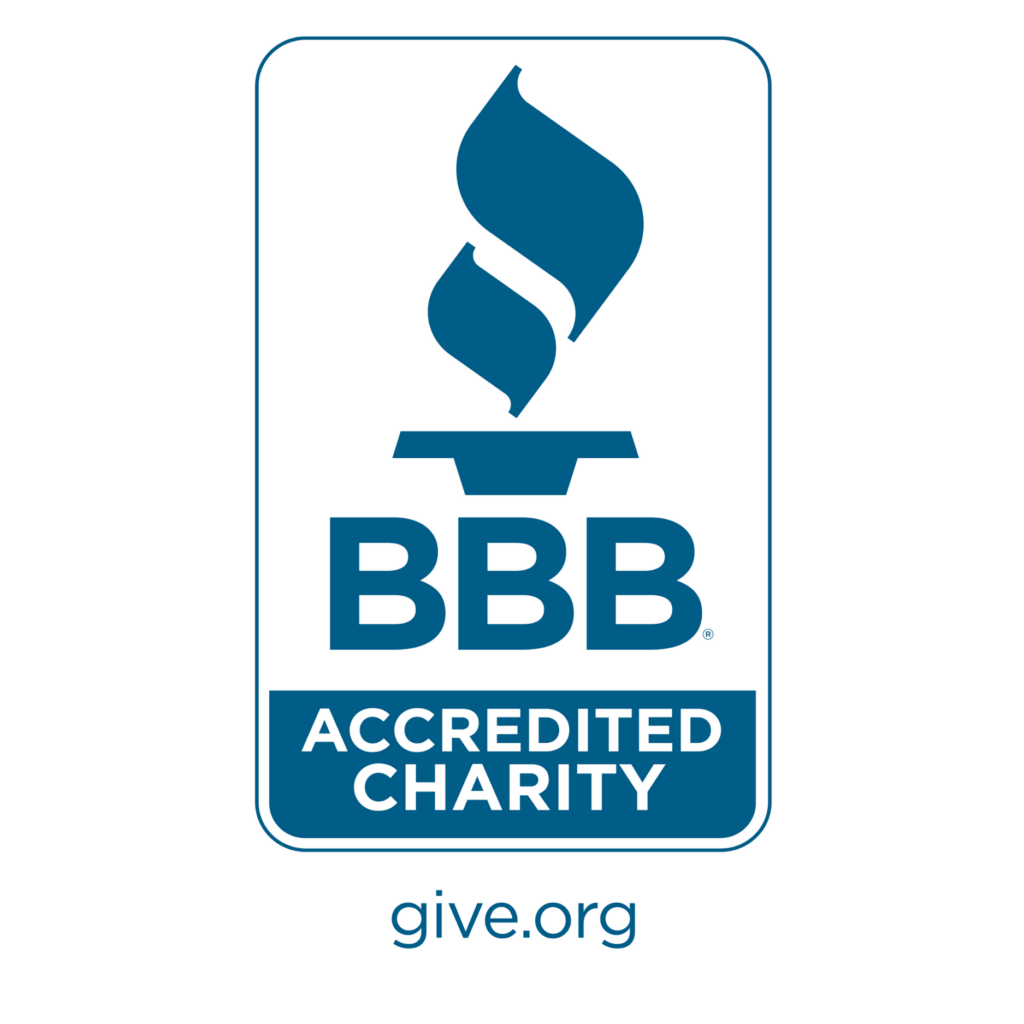How often does Vascular Ehlers-Danlos syndrome, or VEDS, occur spontaneously?
About half of people with Vascular Ehlers-Danlos syndrome inherited the COL3A1 mutation from an affected parent. The others have a spontaneous disease-causing mutation (called a de novo mutation) that occurred in either the egg or the sperm that gave rise to the pregnancy. As a result, they are the first person in their family to have Vascular Ehlers-Danlos syndrome without being inherited from a parent, and can now pass it on with a 50 percent chance of transmission with each pregnancy.
When the father or mother has VEDS, each offspring has a 50 percent chance of inheriting the altered copy of the gene. Male and female children are affected in equal proportion. During reproduction, each parent passes on only one of the two copies of each gene. If the altered copy of the gene is passed on, then the resulting child will resemble the parent who has VEDS and develop features of the condition. This pattern of inheritance is referred to as autosomal dominant.
Prenatal testing for pregnancies at increased risk and pre-implantation genetic diagnosis are possible in families in which the mutation in the gene is known.





